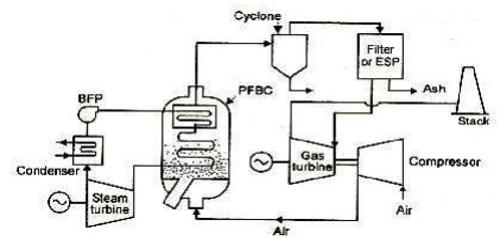Due to strong interactions between its electrons, a 2D nanomaterial made up of organic molecules coupled to metal atoms in a certain atomic-scale geometry has non-trivial electrical and magnetic properties.
Strong electron-electron interactions arise in a 2D organic material, according to a new study released today; these interactions are a direct result of the material’s distinctive, star-like atomic-scale structure.
This is the first time that local magnetic moments have been observed as a result of electron interactions in an atomically thin 2D organic material. One aspect of the combined electromagnetic force is magnetism. It refers to physical events that occur as a result of the force exerted by magnets, which are devices that generate fields that attract or repel other objects.
The discoveries could be useful in next-generation electronics based on organic nanomaterials, where fine-tuning electron interactions can result in a wide range of electrical and magnetic phases and characteristics.
The Earth has a magnetic field. Scientists aren’t sure why, but they believe electric currents are generated by the movement of molten metal in the Earth’s outer core. The currents form a magnetic field between the Earth’s magnetic poles, with invisible lines of force flowing between them.
Strong Electron-Electron Interactions in a 2D Organic Kagome Material
The Monash University research looked into a two-dimensional metal-organic nanomaterial made up of organic molecules arranged in a kagome geometry, or a’star-like’ pattern.
Dicyanoanthracene (DCA) molecules are coordinated with copper atoms on a weakly interacting metal surface in this 2D metal-organic nanomaterial (silver).
We think that this can be important for the development of future electronics and spintronics technologies based on organic materials, where the tuning of interactions between electrons can lead to control over a wide range of electronic and magnetic properties.
Agustin Schiffrin
The researchers discovered that a 2D metal-organic structure with non-magnetic molecule and atomic building blocks hosts magnetic moments restricted at specified regions using thorough and atomically precise scanning probe microscopy (SPM) observations.
Theoretical calculations revealed that the strong electron-electron Coulomb repulsion caused by the particular 2D kagome geometry is responsible for the emergence of magnetism.
“We think that this can be important for the development of future electronics and spintronics technologies based on organic materials, where the tuning of interactions between electrons can lead to control over a wide range of electronic and magnetic properties,” says FLEET CI A/Prof Agustin Schiffrin.
Direct Probing of Magnetism Via the Kondo Effect
Due to destructive wave-function interference and quantum localization, electrons in 2D materials with a kagome crystal structure can be subjected to intense Coulomb interactions, resulting in a wide spectrum of topological and strongly correlated electronic phases.
Strong electrical correlations can lead to the formation of magnetism, which has never been detected in atomically thin 2D organic materials before. Due to its tunability and self-assembly capability, the latter can be advantageous for solid-state technology.
The Kondo effect was used to demonstrate magnetism caused by strong electron-electron Coulomb interactions in a 2D kagome organic material in this study.
“The Kondo effect is a many-body phenomenon that occurs when magnetic moments are screened by a sea of conduction electrons. For example, from an underlying metal,” says lead author and FLEET member Dr. Dhaneesh Kumar. “And this effect can be detected by SPM techniques.”
“We observed the Kondo effect, and from there concluded that the 2D organic material must host magnetic moments. The question then became ‘where does this magnetism come from?’”
Bernard Field and colleagues demonstrated conclusively that this magnetism is the direct result of strong Coulomb interactions between electrons using theoretical modeling.
Only when the typically non-magnetic pieces are placed in a 2D kagome metal-organic framework do these interactions arise. These interactions prevent electron pairing, resulting in local magnetic moments caused by unpaired electron spins.
“Theoretical modeling in this study offers a unique insight into the richness of the interplay between quantum correlations, and the topological and magnetic phases. The study provides us with a few hints on how these non-trivial phases can be controlled in 2D kagome materials for potential applications in path-breaking electronics technologies,” says FLEET CI A/Prof Nikhil Medhekar.
















